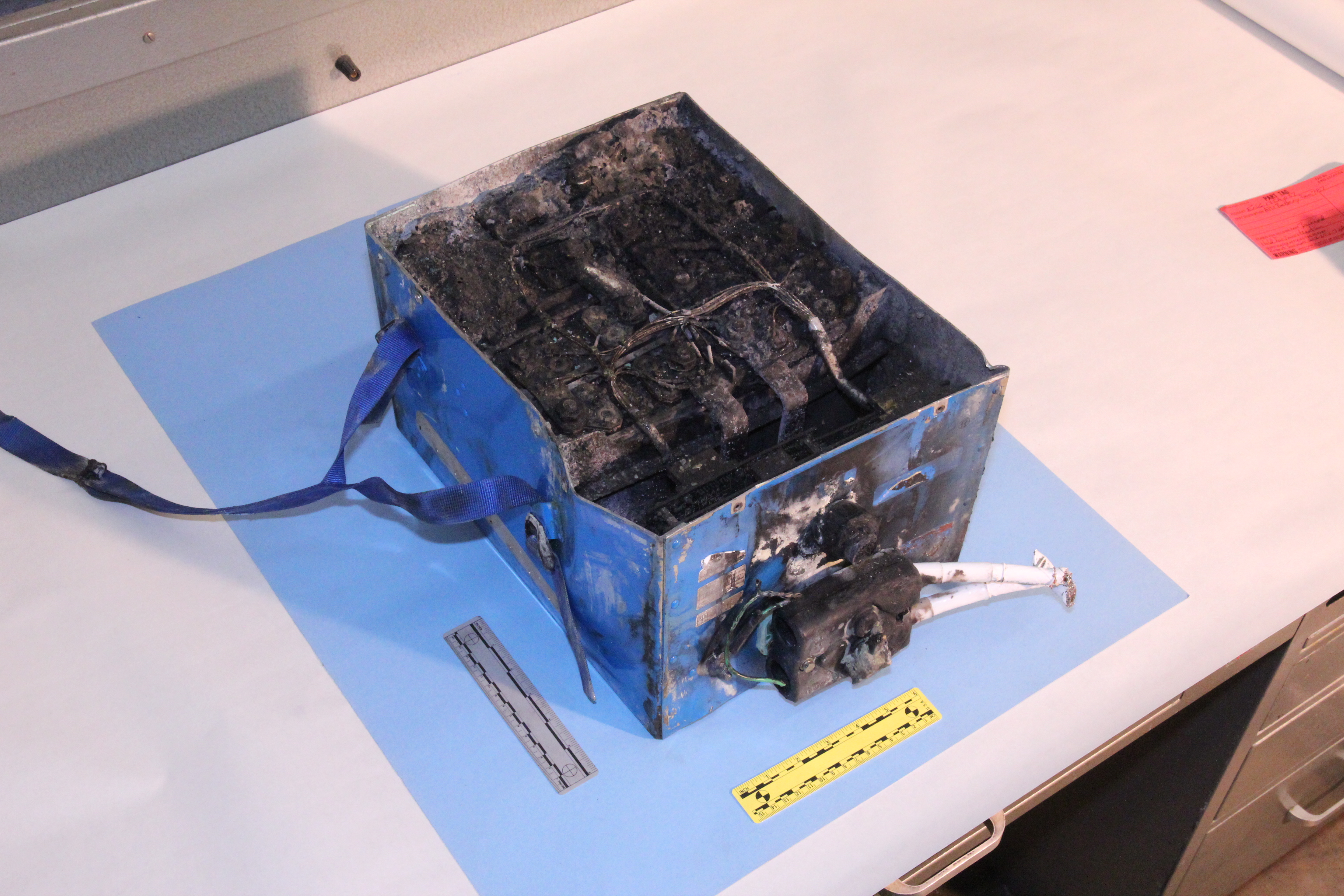Yes, but the odds are very low.
Lithium-ion batteries can store a large amount of energy to provide long battery life, but this energy can easily create a fire if things go awry. Most lithium-ion battery fires start with uncontrolled overheating, or thermal runaway. This can happen when the battery is overcharged, overly discharged or contains manufacturing defects that lead to internal short-circuiting.
In a battery, lithium ions flow to-and-fro between two electrodes in one direction, depending on whether it is charging or discharging. Each electrode needs a minimum number of lithium ions to sustain the charge and discharge cycle. If the battery is overcharged or overly discharged, too many lithium ions move out of one electrode and accumulate at the other. This creates gaps in the electrode’s structure and if all the lithium ions have moved out of one electrode, heat is produced rapidly.
Manufacturing defects typically occur as an uneven membrane or the accidental introduction of tiny metal particles. The membrane that separates the electrodes is extremely thin, and if it gets too thin, electricity can flow through it. Most batteries contain some tiny metal particles, but if there are too many particles or if they all congregate at one spot, an electrical route is created. In both situations, the battery short-circuits and quickly overheats.
With a spark, the hot battery and its plastic encasements can catch on fire. Typically, a rechargeable laptop or cellphone battery contains several cells in a pack, and if one cell overheats, it can set off a chain reaction and the other cells can catch fire too.
Historically, lithium-ion batteries had a reputation for bursting into flames, but today’s batteries and their accompanying devices have numerous built-in safety systems. Electronics that use lithium-ion batteries are programmed to discontinue charging once the batteries are fully charged, or to shut down before the batteries are overly discharged. Additionally, there are at least three safety systems built within the batteries that will go off before it catches on fire. These are a temperature switch that shuts off the battery when it detects a surge of large current, a circuit interrupt device that cuts the internal connection within the battery when it overcharges, and a safety vent that releases gas when there is an internal pressure buildup.
However, these control systems cannot protect against an internal manufacturing defect. While the Boeing 787 fire is still under investigation, it is generally accepted that the fire was caused by a short-circuited cell, sparking thermal runaway that spread to neighboring cells. The reason for the short-circuit is still unknown. [490 words]
Bonus Explainer: Can an airplane be fully battery-powered?
